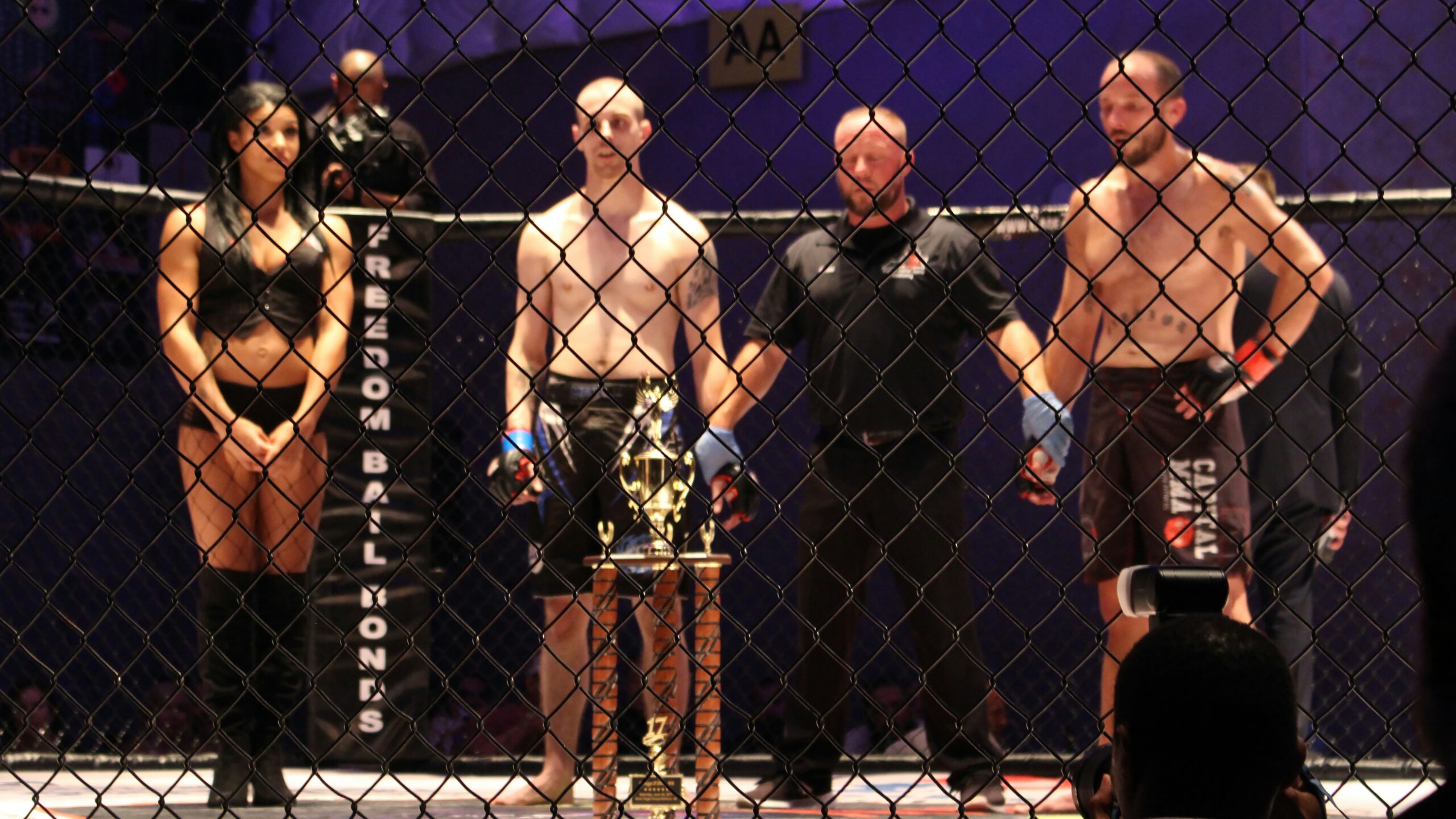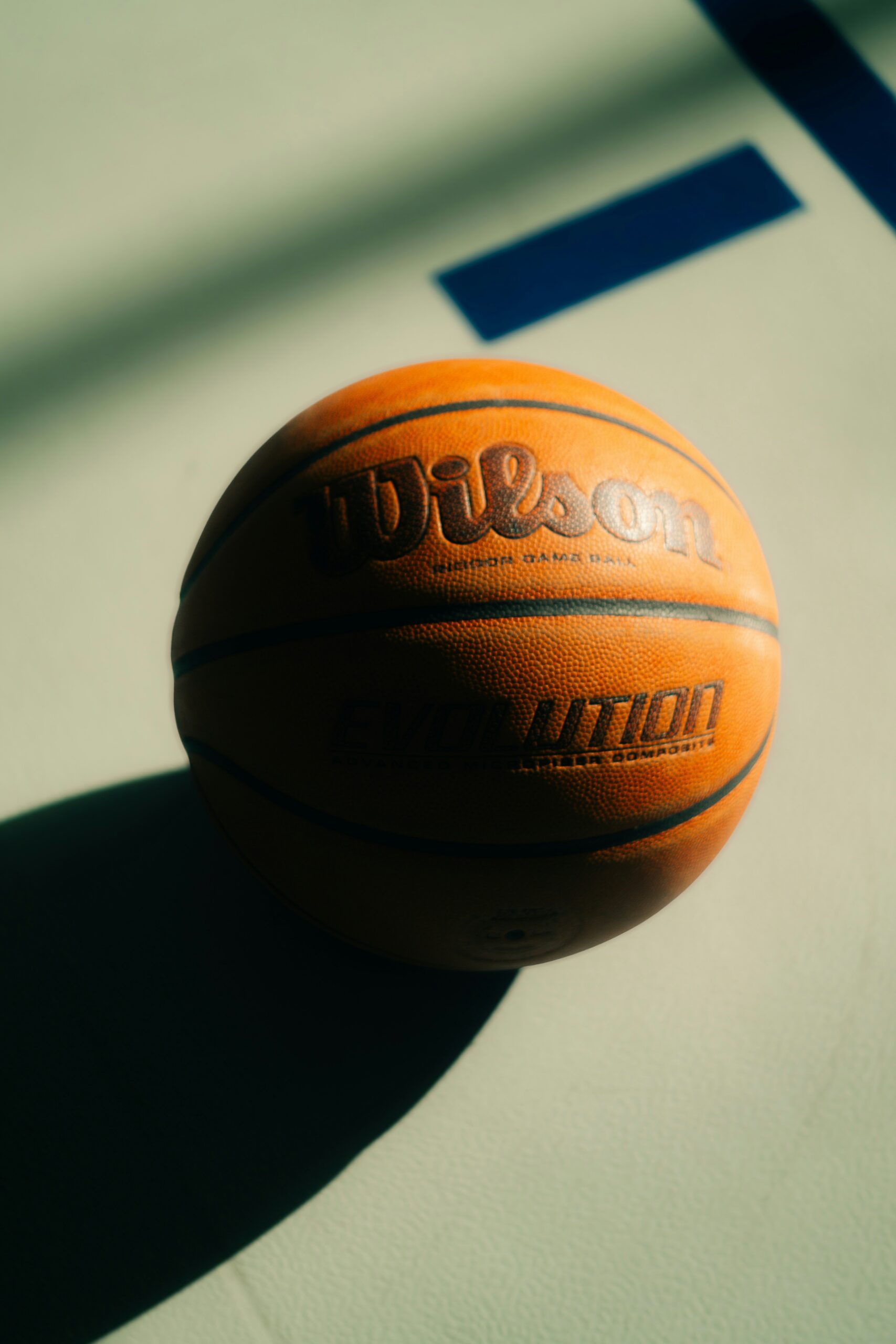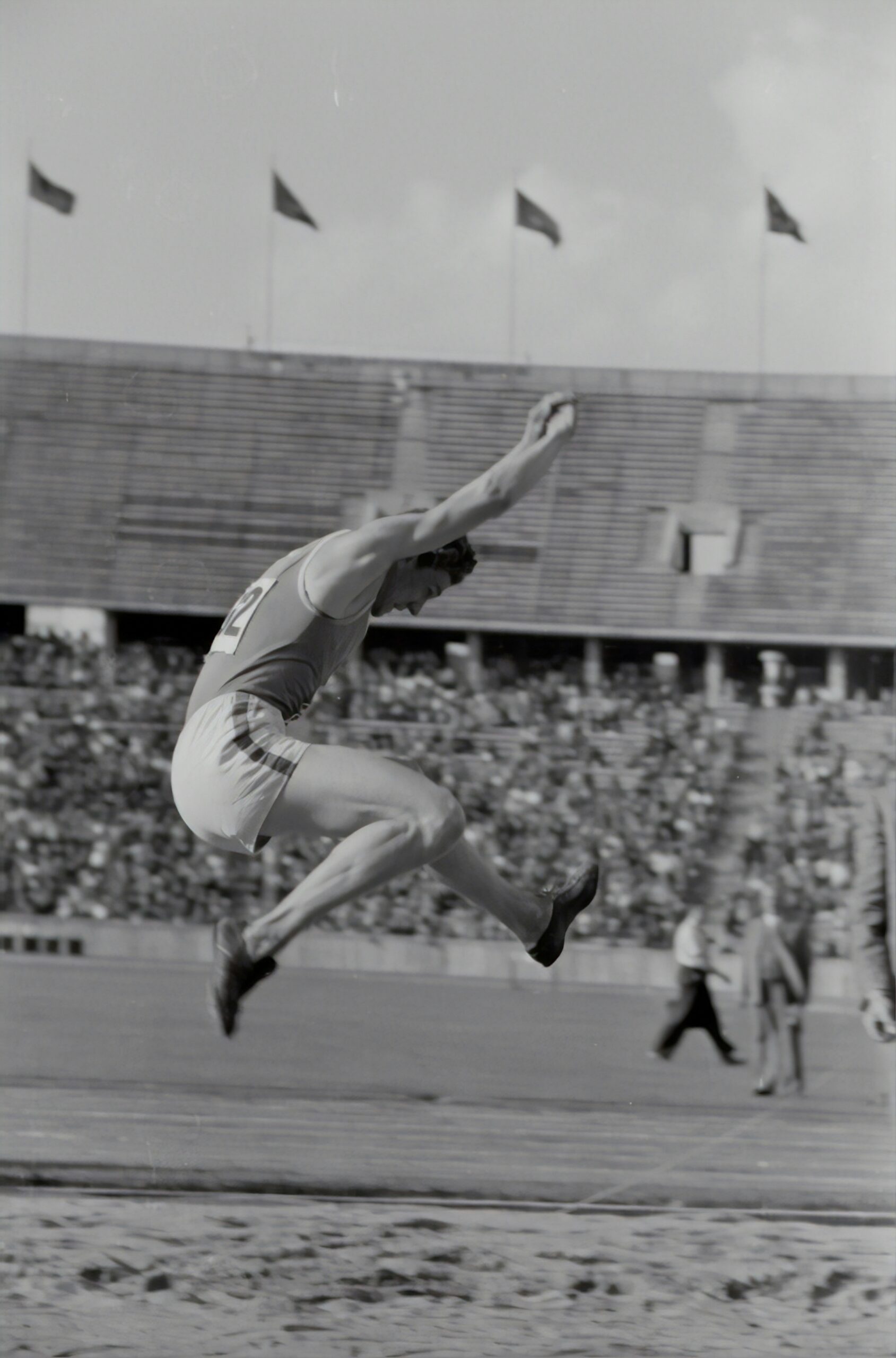Unleashing Your Inner Athlete Through Mindfulness and Movement
Let’s face it: we’ve all been there. You lace up your sneakers, step outside, and suddenly, you find yourself buried in thoughts about your to-do list, that awkward encounter from last week, or what’s for dinner. It’s as if your brain has decided to run a marathon of its own, while your body just wants to jog peacefully. This disconnect between mind and body is more common than you might think, especially in our fast-paced world. But what if I told you that the key to unlocking your inner athlete lies not just in physical training, but in the often-overlooked realms of mindfulness and movement?
Mindfulness, the practice of being present and fully engaged with the current moment, can significantly enhance your athletic experience. It’s about tuning into your body, understanding its needs, and harnessing that awareness to improve performance. When coupled with movement—be it a brisk walk, a yoga session, or a high-intensity workout—the results can be transformative. As someone who has navigated the tumultuous waters of both athletic pursuits and mental clarity, I can assure you that integrating these two concepts can lead to an exhilarating journey of self-discovery and physical prowess.
The Mind-Body Connection: Why It Matters
The first step in this exploration is understanding the mind-body connection. Sports science has increasingly shed light on how our mental state directly influences our physical performance. A study conducted at Stanford University found that participants who practiced mindfulness showed improved endurance and reduced fatigue. In simpler terms, when your mind is clear and focused, your body responds more effectively. I recall a time when I decided to take up running. Initially, I struggled—my mind was a whirlpool of distractions. But when I started incorporating mindfulness techniques, such as focusing on my breath or the sensation of my feet hitting the ground, I found myself running longer and with more joy.
Here’s a little breakdown of how mindfulness enhances athletic performance:
- Increased Focus: Mindfulness helps you concentrate on your movements, reducing the likelihood of distractions.
- Enhanced Awareness: It fosters a deeper connection with your body, allowing you to recognize and address fatigue or strain before it leads to injury.
- Reduced Anxiety: By practicing mindfulness, you can alleviate pre-competition jitters, leading to improved performance.
Getting Started with Mindfulness
So, how can you incorporate mindfulness into your athletic routine? It’s easier than you might think. Here are a few simple strategies to try:
1. Start with Your Breath
Before you embark on any physical activity, take a moment to focus on your breathing. Inhale deeply through your nose, allowing your abdomen to expand, and exhale through your mouth. This simple practice can ground you, helping to clear your mind and prepare your body for movement. I often find that just a few minutes of deep breathing can transform my mindset from chaotic to calm.
2. Engage Your Senses
As you move, pay attention to the sensations in your body. Notice how your muscles feel, the rhythm of your heartbeat, or even the sounds around you. This sensory engagement can enhance your experience and make any workout feel more fulfilling. I remember a hike where I took the time to really listen to the rustling leaves and chirping birds. It turned what could have been just another exercise session into a beautiful connection with nature.
3. Set an Intention
Before each workout, set an intention for what you wish to achieve. It could be as simple as “I want to enjoy this run” or “I aim to push myself today.” This practice helps align your mental focus with your physical activity, creating a harmonious flow. I often write my intentions down or repeat them quietly to myself before starting.
Movement: More Than Just Exercise
Now, let’s dive into the concept of movement. It’s crucial to understand that movement isn’t just confined to the gym or a sports field; it’s an integral part of our daily lives. Whether you’re dancing in your living room, walking your dog, or doing a few stretches at your desk, these activities contribute to your overall physical well-being. Embracing movement as a joyful expression rather than a chore can drastically change your relationship with physical activity.
Finding Your Flow
One of the most powerful ways to tap into your inner athlete is to find your flow—those moments when you’re so engaged in an activity that time seems to stand still. Flow can come from various forms of movement, whether it’s cycling, swimming, yoga, or a high-energy dance class. For me, it happens during long bike rides where the wind rushes past, and I lose myself in the rhythm of pedaling.
The Role of Mindfulness in Movement
When we move mindfully, we not only enhance our physical performance but also cultivate a deeper appreciation for our bodies. Here’s how you can integrate mindfulness into your movement practices:
1. Mindful Walking
Walking is one of the simplest yet most powerful forms of movement. Try to walk mindfully by focusing on your footfalls, the texture of the ground beneath you, and the sights and sounds around you. I often take mindful walks in my neighborhood, and it’s astonishing how much I notice—like the way the sunlight filters through the trees or how the air smells after a rain. It truly transforms a mundane activity into a meditative experience.
2. Yoga and Flow
Yoga is a fabulous way to combine mindfulness and movement. Each pose requires concentration and body awareness, allowing you to connect deeply with your physical self. I’ve found that on days when I practice yoga mindfully, I not only improve my flexibility but also feel a profound sense of calm and clarity.
3. Dance Like Nobody’s Watching
Whether you’re a seasoned dancer or someone who can only manage a little shimmy, dancing can be a liberating form of movement. Put on your favorite music and just move! Focus on how your body feels as it sways, spins, and grooves. I can’t help but laugh at myself sometimes, but that’s the beauty of it—dance is about freedom and expression, not perfection.
Mindfulness in Competitive Sports
For those who thrive on competition, mindfulness can be a game-changer. Many elite athletes have begun incorporating mindfulness techniques into their training regimens. Take, for instance, the famous tennis player Novak Djokovic, who attributes part of his success to mindfulness and meditation practices. By cultivating a present-moment awareness, athletes can better manage stress, improve focus, and enhance performance under pressure.
When the stakes are high, it’s easy to let anxiety and self-doubt creep in. Mindfulness offers tools to combat these negative thoughts. Visualization techniques—where athletes mentally rehearse their performance—can be particularly effective. I remember when I was preparing for a cycling competition; I visualized every curve of the course, feeling the bike beneath me and the wind on my face. When race day arrived, it felt familiar, and I performed better than I had imagined.
Creating a Mindful Competition Strategy
Here’s how you can develop a mindful approach to competition:
- Pre-Event Visualization: Spend time visualizing your performance, focusing on each movement and outcome.
- Breathing Techniques: Practice deep breathing to calm your nerves before stepping onto the field or court.
- Positive Self-Talk: Replace negative thoughts with affirmations that build confidence.
Overcoming Challenges: Building Resilience
Let’s not sugarcoat it—athletic pursuits can be grueling, both physically and mentally. Injuries, plateaus, and setbacks can feel like insurmountable obstacles. However, this is where mindfulness truly shines. It teaches resilience, allowing you to navigate challenges with grace.
When faced with an injury, for example, mindfulness can help you accept your current situation without judgment. Instead of fixating on frustration, you can redirect your energy toward healing and recovery. I once had to take a break from running due to a knee injury. Initially, I was devastated, but by practicing mindfulness, I learned to appreciate the slower pace of life and found joy in other forms of movement, like swimming and strength training.
Strategies for Building Resilience
Here are a few mindfulness-based strategies to boost your resilience:
- Embrace Acceptance: Acknowledge your emotions without judgment. It’s okay to feel frustrated or disappointed.
- Focus on What You Can Control: Shift your focus to aspects you can influence, like your attitude or training regimen.
- Practice Gratitude: Reflect on what you’re grateful for in your athletic journey, even during tough times.
The Joy of Movement: A Lifelong Journey
Ultimately, the journey of unleashing your inner athlete is not solely about competition or accolades; it’s about embracing the joy of movement. The beauty of combining mindfulness with physical activity is that it transforms exercise into a celebration of what our bodies can do, rather than a punishment for what they look like. I still remember the thrill I felt during a spontaneous game of pickup basketball with friends—laughter, sweat, and camaraderie combined to create an unforgettable experience.
So, how can you cultivate joy in your movement? Here are a few suggestions:
1. Explore New Activities
Try out different forms of movement! Join a local dance class, take a martial arts lesson, or sign up for a rock climbing course. The more you explore, the more likely you are to find something that resonates with you.
2. Connect with Others
Share your movement experiences with friends or join a community group. There’s something magical about sharing a workout or a game with others, and it can motivate you to keep going.
3. Celebrate Small Victories
Take time to acknowledge your progress, no matter how small. Whether it’s running a few extra minutes or mastering a difficult yoga pose, celebrating these milestones can boost your motivation.
Conclusion: Your Path Awaits
As you embark on this journey of unleashing your inner athlete, remember that it’s not about perfection; it’s about progress. Integrating mindfulness into movement creates a symbiotic relationship that enhances both physical and mental well-being. Whether you’re a seasoned competitor or someone looking to increase your overall activity, embracing these principles can lead to a more fulfilling athletic experience.
I invite you to take the first step today—whether that’s a mindful walk, a yoga session, or simply taking a moment to breathe deeply. Your inner athlete is waiting, and who knows? You might just discover a new passion along the way.




